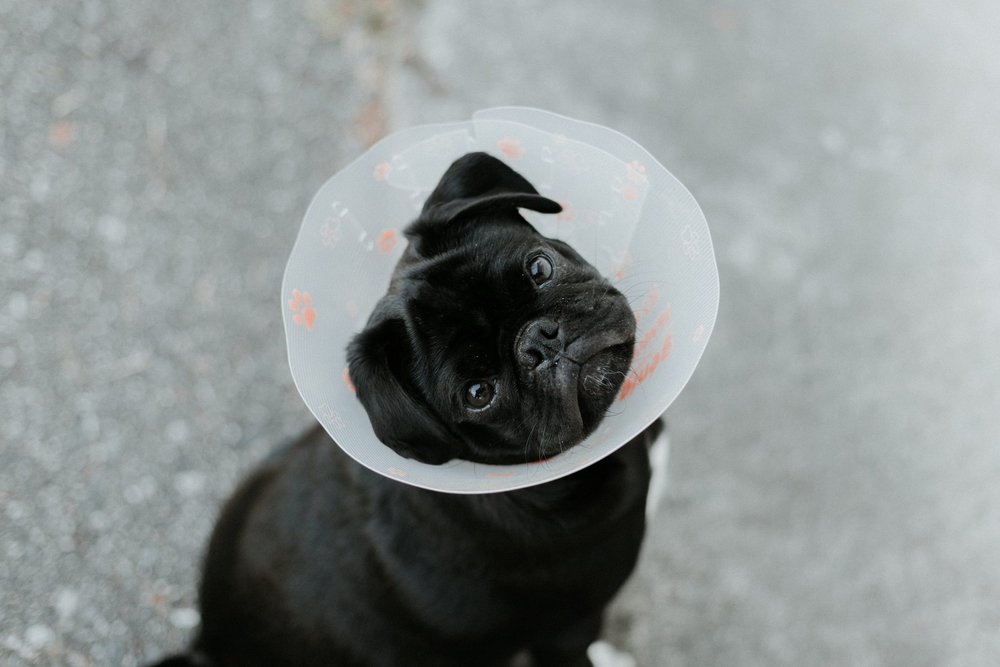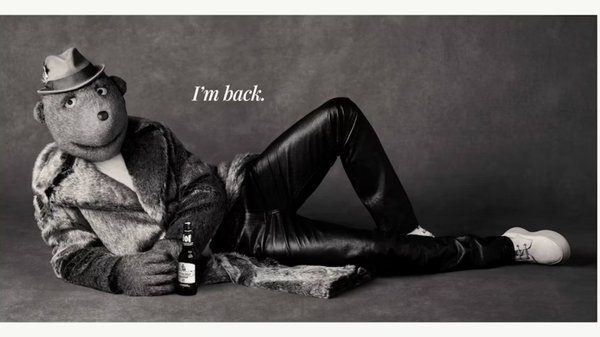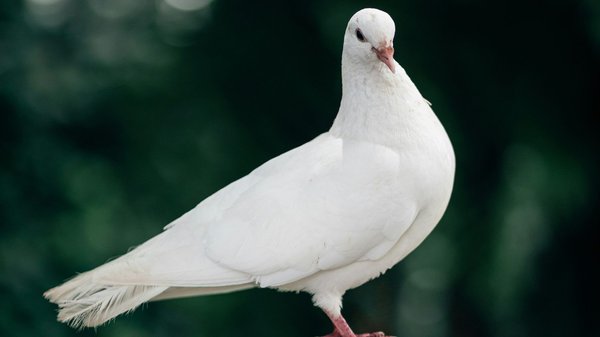Why pet insurance desperately needs better brands /
The crisis among UK vets presents a branding opportunity for UK pet insurers, but which among them can summon the creativity to go for the ‘commodification jugular’?
David Beresford
/
Photo by Priscilla Du Preez on Unsplash
Britain’s vets are fleeing their profession and the pandemic is – at least in part – to blame.
When the Government put the country into lockdown in early 2020, many house-bound Brits sought the companionship of a furry friend, triggering a surge in pet ownership nationwide and a concomitant leap in demand for veterinary services.
While this might seem like welcome news for the nation’s veterinary practices, the truth of the matter turned out to be far more nuanced.
Many new pet owners hadn’t considered the cost of keeping their pets healthy, and vets increasingly had to contend with aggrieved clients who couldn’t pay their bills. In the worst cases, owners were requesting that their new pets just be put to sleep, a last resort that no young vet gets into the industry to perform.
Perhaps the most frustrating aspect of this situation is that much of the emotional hardship could have been avoided if more was done to educate new owners about the benefits of pet insurance.
David Beresford, Contagious
The Association of British Insurers reported a mere 1% uptick in insurance subscriptions during the pandemic pet boom. Comprehensive pet cover can be expensive, and therefore a hard sell, but such a negligible level of growth suggests insurers are missing an opportunity to capitalise on the influx of new entrants to the market.
Some of the fault lies with pet insurers’ perennially underwhelming marketing. Campaigns in the UK tend to favour rational messages about the provider’s experience, reliability, or transparency. Try to remember the last one you saw. You probably have a vague recollection of some pretty ambiguous art direction, awash with enough waggy tails, tropes, and cliches to make even the most devoted dog lover glaze over.
With no stand-out brands, the sector has become commoditised, which influences the way most buyers evaluate the market.
According to a Financial Times analysis of Google data, 79% of people use price comparison websites to choose their pet insurance. This might go some way to explaining why buyers in this sector seem so motivated by price and frequently buy inadequate cover, a misstep that invariably causes heartache down the line.
But what can be done to redress the balance and ensure consumers consider more than just price?
The tricky challenge of price aggregators will be familiar to executives at Direct Line, an insurance brand that in the early 2010s was being increasingly squeezed by quote comparison websites such as Compare the Market and Go Compare. To drive salience, the brand’s agency (Saatchi & Saatchi, London) conceived a creative platform that featured actor Harvey Keitel, reprising his no-nonsense character Winston Wolfe from the cult film Pulp Fiction. Its long-running ‘Fixer' campaign successfully repositioned Direct Line away from the category norms of protection and carved out a new space for the brand as the sector’s hassle-free problem solvers. This reframing helped the brand to stand out and convince prospects to eschew the reductive convenience of price comparison websites in favour of going direct for a bespoke quote.
In his excellent blog, Richard Huntington, the CSO of the agency responsible for the ‘Fixer’ campaign, references another example of a radical reframe that helped inspire their overhaul.

In the 1990s the AA needed to differentiate itself from other breakdown service brands, in particular the RAC. The strategic masterstroke that changed the game for the AA was its successful restyling as ‘the 4th emergency service’. Huntington lauds the fact that the brand went for the “commodification jugular”, ingeniously removing itself from the breakdown category altogether to boost growth and justify its premium pricing.
There are also interesting examples within pet insurance from around the world that could inspire UK brands.
Australia’s Royal Automobile Club of Victoria took a curiously different tack to its monochrome competitors to promote its pet policies. Rooted in the insight that pets don’t demonstrate any remorse for their dangerous misdemeanours, RACV opted to market their insurance as the first cover made to match the daredevil attitude of Aussie pets: Cover for their Overconfidence.
Teaming up with renowned artists and designers, RACV created products for injured pets – like the dog wheelchair made by the mechanical team behind the Fast and Furious films – designed to highlight their accident-prone nature. These tongue-in-cheek products were then supplied free of charge to animal hospitals around the country, each with a code that linked to the insurance provider’s quote platform. Animals decked out in the souped-up gear also featured in online films, social posts, and OOH content. The campaign took the country by storm, prompting more than one in three pet owners who saw it into action, and resulting in an incredible 350% uplift in pet insurance sales.
Better marketing won’t fix all vets’ problems, but there is undoubtedly an opportunity for pet insurance providers to help alleviate the burden – while also boosting their own business.
The fifth Contagious Commandment is ‘be generous’, and it highlights the inherent reciprocity benefits accrued by benevolent brands. UK pet insurers sometimes work in partnership with animal charities, and while these efforts are admirable they tend to be piecemeal and ultimately address only the symptoms. Pet insurers have to ask themselves what more can be done to improve long-term outcomes.
Ideally what is required is a service innovation or idea that can bring systemic change to the sector, while also building brand salience and consumer understanding. According to ONS data, 45% of British households (roughly 12.5 million homes) have a pet, yet only 3.6 million people in the UK have opted to get pet insurance – this indicates a huge potential target market. If one of the industry players can develop a creative initiative that simultaneously supports vets, owners, and pets, they will almost certainly drive-up salience and subscriptions. The question is, who among them has the courage to go for the “commodification jugular”? Which of them has what it takes to become leader of the pack?
Like the way we think? Our advisory team provides reports, webinars, workshops and consulting services for brands and agencies. Find out more about how our team could help you, here.
Want more of the same? /
We don’t just write about best-in-class campaigns, interviews and trends. Our Members also receive access to briefings, online training, webinars, live events and much more.







